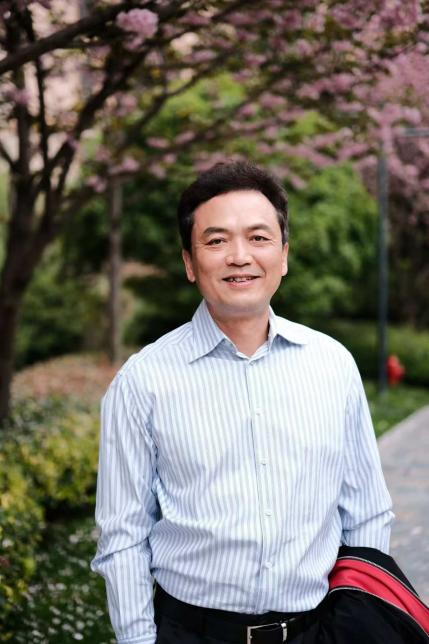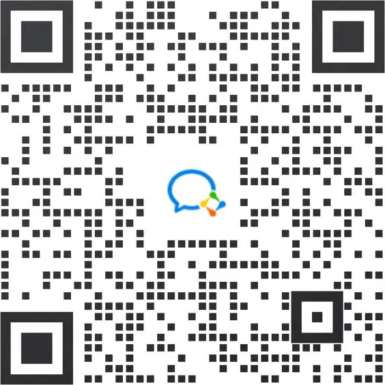"Nikkei ETF continues to soar with high premium, several QDII funds also issue risk warnings"
2024-01-22 11:21
On January 22nd, the Nikkei 225 index continued to open higher and rise, closing up 1.15% at 36,375 points, setting a new 34-year high.
On January 22nd, the Nikkei 225 index continued to open high and rise, up 1.15% to 36375 points as of press time, continuing to refresh its 34-year high. The strong rise in the Japanese stock market has also attracted the favor of many domestic investors. Recently, several Nikkei ETFs have continued to rise despite the high premium, and even briefly touched the limit up. Among them, the Huaxia Nomura Nikkei 225 ETF is the most representative.
In response, from January 6th to 19th, Huaxia Fund issued 7 risk warning announcements in a row, stating that the secondary market trading price of its Huaxia Nomura Nikkei 225 ETF was significantly higher than the net asset value of the fund shares, showing a substantial premium. Investors were advised to pay attention to the risk of secondary market trading price premiums, as blind investment could result in significant losses.
In order to protect the interests of investors, the Huaxia Nomura Nikkei 225 ETF was suspended on January 17th, 18th, and 19th, from the opening of the market until 10:30 on those days.
However, the timely risk warnings from institutions and the suspension measures did not dampen the enthusiasm of investors. According to statistics, the daily subscription limit of the Huaxia Nomura Nikkei 225 ETF has been continuously expanded from the previous 500,000 shares to 7.5 million shares by January 19th. As of now, the latest fund shares of the fund are 516 million, and the net asset value has increased to 683 million yuan, both reaching new highs since its establishment.
It is worth mentioning that in addition to Nikkei ETFs, QDII funds investing in other overseas assets have also frequently issued risk warnings. It is reported that multiple QDII products such as crude oil-themed QDII, Huatai Bairui Nanfang Dongying New Exchange Pan-Southeast Asia Technology ETF, have also accumulated more than 20 warnings about premium risks since the beginning of the year.
Industry insiders believe that the recent volatility in the A-share market has led to increasing attention from domestic investors on QDII funds. Regulators have also expressed their intention to expand the QDII quota, broaden the channels for public funds to invest in overseas markets, leading to a significant increase in the number and size of QDII funds.
Data shows that QDII stands for Qualified Domestic Institutional Investor, which refers to funds raised domestically in the form of funds that invest in overseas assets, enabling domestic investors to indirectly participate in foreign markets. With the continuous development of the global economy, global asset allocation has become increasingly important in long-term investments. Many investors have gradually shifted their focus to overseas investment markets.
According to Wind data, as of January 18th, there were a total of 278 QDII funds in the market (calculated by merging different share classes), with 61 of them being newly issued in 2023, raising a total of 10.845 billion yuan, a year-on-year increase of about 53%. At the same time, there are 30 QDII funds that have been approved and are currently awaiting issuance.
RECOMMEND

Advanced investment education | FATCA & CRS leading global tax transparency, who is most affected?
04/08/2025

34 年股市老兵“曾阿牛”:跑赢纳指 110%仍不满足!从第一代股评家到对冲基金管理人的经历
14/06/2025

The first closed door meeting of the New Intelligence Roundtable Faction and the US Dollar Foundation was successfully held in Shanghai
01/05/2025
Customer Service

Add the WeCom

